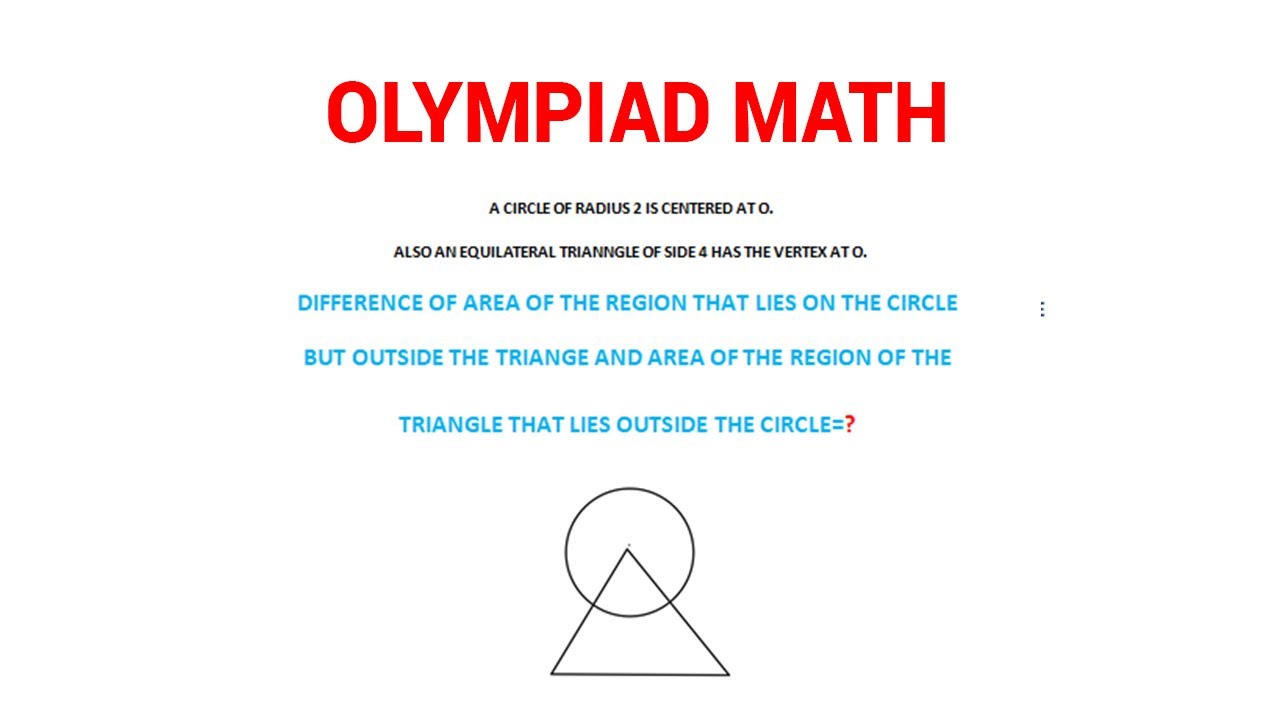A Rectangular box has a total surface area of 94 SQ inches; the length of all the edges is 48 inches.
What is the Sum of the length of all the interior diagonals?
Let’s x,y, and z are the measurement of the three edges of the rectangular Path.
In the world of geometry, rectangular boxes hold a special place. They are not just the vessels of practicality but also the subject of intriguing mathematical questions. Today, we embark on a journey to uncover the secrets of a rectangular box with a total surface area of 94 square inches and a sum of the lengths of all its edges, equating to 48 inches. However, the mystery we aim to solve lies within its three-dimensional space: What is the Sum of the lengths of all the interior diagonals? To navigate this puzzle, let’s label the dimensions of the box as x, y, and z and embark on a geometric adventure.
Deciphering the Clues:
To start our journey, we’re provided with a rectangular box characterized by its surface area and the Sum of its edges’ lengths. Let’s break down the given information:
1. Total Surface Area: The surface area of this rectangular box is 94 square inches. A rectangular box has six faces, each contributing to the total surface area. Therefore, we can express this as an equation:
2(xy+xz+yz)=94
2. Sum of Edge Lengths: The Sum of the lengths of all the edges of the box is 48 inches. In a rectangular box, there are twelve edges in total. Each edge has a length equal to one of the three dimensions, labeled as x, y, and z. Therefore, we can express this as an equation:
4(x+y+z)=48
Our mission is to determine the Sum of the lengths of all the interior diagonals within this rectangular box.
Exploring the Interior Diagonals:
To find the Sum of the lengths of all the interior diagonals, we need to understand the diagonal structure within the rectangular box. A rectangular box has four interior diagonals, and each connects two opposite corners of the box. These diagonals have lengths equal to the hypotenuses of right triangles formed by the box’s edges. Let’s calculate the length of one of these interior diagonals using the Pythagorean Theorem:
Considering one of the diagonals, it connects corners A and B. We can use the dimensions x, y, and z to calculate its length. In this case, the diagonal length (d) is the hypotenuse of a right triangle:
d=x2+y2+z2
Now, to find the Sum of the lengths of all four interior diagonals, we multiply this length by 4:
4d=4x2+y2+z2
Connecting the Dots:
At this point, we have two equations that describe our rectangular box:
- 2(xy+xz+yz)=94
- 4(x+y+z)=48
Our goal is to find the Sum of the lengths of all the interior diagonals:
4 x2+y2+z2
By solving these equations simultaneously, we can determine the values of x, y, and z and find the Sum of the interior diagonals.
For a complete solution, watch the above video:
Conclusion:
The mystery of the rectangular box with a given surface area and edge length sum unravels as we explore the intricacies of its interior diagonals. By deciphering the clues and applying geometric principles, we can unveil the Sum of the lengths of all the interior diagonals. This journey through the world of rectangular boxes highlights the beauty of mathematics and the practical applications of geometry in solving real-world puzzles.



